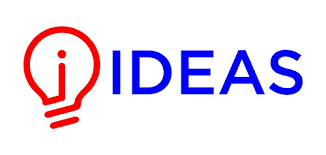Article | Open Access | Published: 5 December 2009
The Relationships between the Emotional Intelligence and Job Satisfaction: Emprical Findings from Higher Education Institution in Malaysia
| Views: | 165 | | | Downloads: | 122 |
Abstract:
This study seeks to investigate the relationship between emotional intelligence (EI) and job satisfaction among the administrative staff in higher education institutions in Malaysia. The literature suggests that employee skills in general and emotional intelligence in particular, play a significant role in the success of completing their goals in the workplace and hence perceived greater job satisfaction. This argument, despite its popularity, remains elusive. This can be attributed to the fact that although a few studies have provided evidence to support this argument, it has not received an appropriate empirical investigation at all levels of employees and their work role in a different industrial setting. This study attempts to narrow this gap by empirically examining the extent to which employees at university's nonteaching roles with a high emotional intelligence employed in public sector organizations develop positive work attitudes, behavior, and outcomes. And therefore they perform well to sustain job satisfaction. Using a sample of 120 non-teaching employees in University Perlis Malaysia, their EI was captured using a five-point Likert scale. Correlation statistics revealed that EI with its three dimensions, appraisal, utilization, and regulation was associated significantly and positively with job satisfaction. The linear regression analysis results further confirmed the predictor nature of the three dimensions of emotional intelligence for job satisfaction.
Keywords:
Emotional intelligence, job satisfaction, higher education
Publisher:
ILMA UNIVERSITY
Published:
5 December 2009
Issue:
Issue 2 : Volume 5
E-ISSN:
2409-6520
P-ISSN:
2414-8393
This is an open access article distributed under the terms of the Creative Commons Attribution CC BY 4.0 license, which permits any use, distribution, and reproduction of the work without further permission provided the original author(s) and source are credited.














